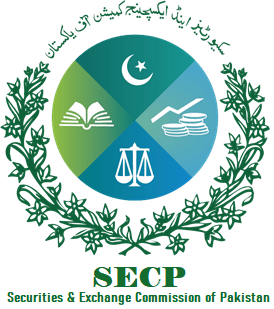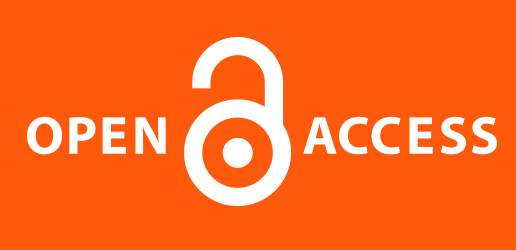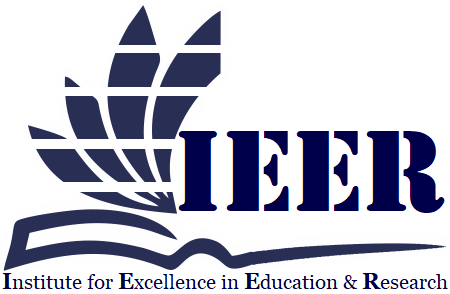TRANSLATION AND ADAPTATION OF FORGIVENESS EDUCATIONAL CURRICULUM GUIDE FOR GRADE 12TH STUDENTS IN URDU LANGUAGE
Keywords:
Enright Forgiveness Educational Curriculum Guide, Grade 12th students, One-way Expert Method, Committee Approach, and Cultural TranslationAbstract
The preliminary study was conducted to translate and adapt the Guided curriculum of Forgiveness Education for 12th Grade students into Urdu language. The curriculum guide was originally developed in English language titled as “Course Four: Giving Forgiveness Away to Others” for UK and US students aged 17-18 years (Hirshberg & Enright, 2014). The aim of the study is to align the curriculum guide with the cultural, religious and linguistic needs of Pakistani 12th grade (locally termed as intermediate part-II) students. One-way expert translation method followed by Committee approach (Beaton et al, 2000; Carlson, 2000; Hilton & Skrutkowski, 2002; Martinez et al., 2006) were utilized for this purpose as it emphasised that back-translation alone is not sufficient. Sophisticated research strategies such as expert and committee review are required to ensure cultural fit and protect validity (Walde & Vollm, 2023). An in-depth understanding of the local context and the bi-lingual expertise of the translators were central to this translation process. This collaborative approach ensures both cultural relevance and linguistic accuracy. Key psychological concepts and terminologies were contextualized to enhance comprehension and engagement of the student in the journey of giving forgiveness to others and creating their forgiveness legacy. Committee focused on refining language nuances, verifying conceptual equivalence, and locally understandable terms for the better understanding and emotional connection to the material of the curriculum guide. The study resulted in successful localization of Forgiveness Education Curriculum guide for grade 12th to fit the unique cultural fabric of Pakistan. The implication of this research is for students, instructors, and education policy makers for basic life-skill development and moral character building among students. This study also serves as a template of the steps involved in this collaborative approach of translation for future researchers.
Downloads
Published
Issue
Section
License

This work is licensed under a Creative Commons Attribution-NonCommercial-NoDerivatives 4.0 International License.
















